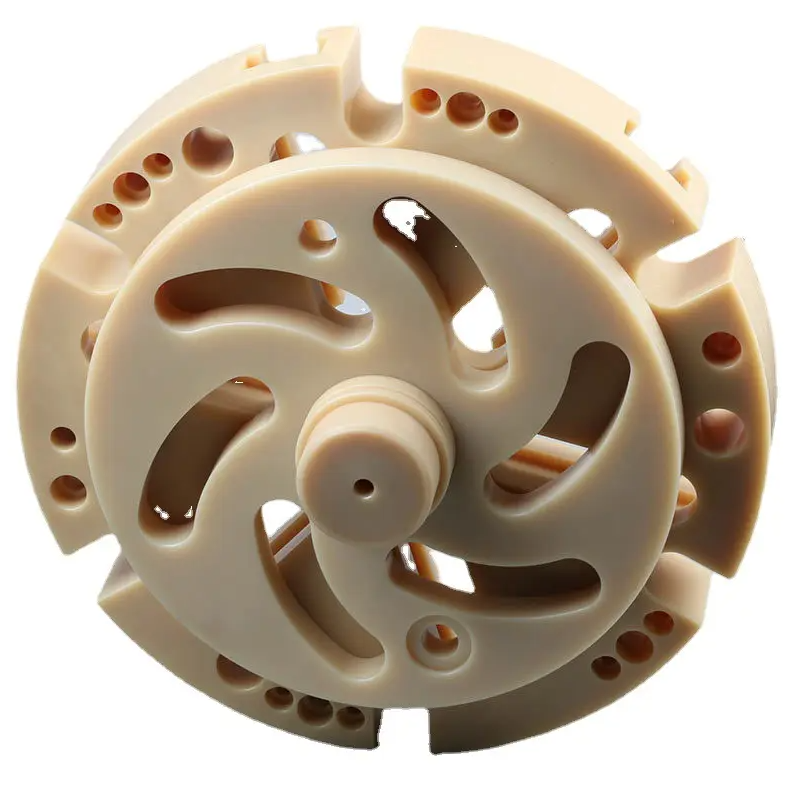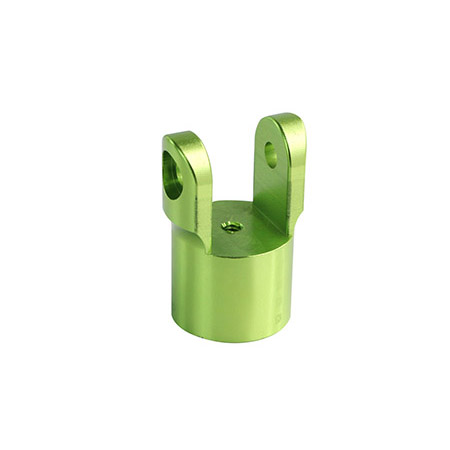I’ve been keeping an eye on the Rownd tabletop CNC lathe since it showed up on Kickstarter last year, and I was psyched to get the chance to see it in person at CES in Las Vegas this week. In an era where DIY culture and personal manufacturing are rising, Rownd Lathe is an exciting new player. This compact CNC lathe is a fun gateway to creativity, enabling users to effortlessly shape and form a variety of materials, including wood, aluminum and plastic.
For amateur machinists, entry-level CNC mills have been around for a hot minute (Bantam is the brand that immediately springs to mind), but CNC lathes have been conspicuously absent from the market. You can buy a CNC mill for under $10,000, but they tend to be extremely hard to use: They’re cheap tools for machinists with a ton of experience, rather than the user-friendly tools we’ve gotten used to in the same vein as what MakerBot did for 3D printing, what Glowforge did for laser cutting and what Cricut did for vinyl work. Cnc Milling Projects

Spotting a gap in the market, Rownd gathered up mechanical and electronic engineers, a materials engineer, an architect and an industrial designer, and threw itself into a project.
The Round turns a pawn.Image Credits: Round.
The Round turns a pawn.Image Credits: Round.
What sets Rownd Lathe apart is not just its relatively affordable hardware (the machine retails at around $5,000), but the accompanying software that democratizes the design process, enabling beginners to easily create or utilize pre-made designs from the open source Rownd Library.
Ease of use is central to the Rownd Lathe experience. It features a large touchscreen that presents all necessary information about the machine at a glance, including usage time, rotation speed and feed rate. Users can select CAD data directly from the library and start the machine without needing a separate computer connection. This touch interface also allows for manual machine control, or you can upload G-code to run the machine like any other CNC lathe.
There’s also a gamepad controller that users can use to control the tools, creating a manual-esque experience. You don’t quite get the “feel” of turning metal that way, but it’s a great compromise ensuring that this isn’t a CNC-only machine. Given some of the near-accidents I’ve had on engine lathes, I suppose putting a hood and a gamepad between me and the rapidly spinning metal could be a good thing.
Checking out the machine in person, it seems like a solidly built device, although it is a lot smaller than most of the lathes I’ve worked on in the past. The maximum diameter of the workpiece that can be accommodated by the machine is six inches (150 mm). The length of the workpiece can be up to 11.5 inches (300 mm). The chuck diameter is particularly small, with maximum work sizes of 3.25 inches (80 mm). The machine offers an X-axis travel of five inches (125 mm) and a Z-axis travel of 17 3/4 inches (450 mm). All of that translates into a machine that can be useful for machining parts of reasonable sizes, but of course, it depends on what you’re trying to build. The motor is around 1 horsepower (800W), which is pretty solid for a machine this size.

Cnc Parts China I didn’t have a chance to try it out, unfortunately, but the company says it’s planning to start shipping out to its preorder customers “in three months,” and to have it available for regular orders a couple of months after that.